These are two statuettes from the site known by the toponym of San Matteo - Chiantinelle, a locality about 8 km from the municipality of Serracapriola, where numerous finds referring to a rather long period of time have been found, from the ancient Neolithic to more recent phases of the Serra d'Alto and Diana. The two statuettes refer to this more recent phase, found at about 60 cm. deep during agricultural work, placed a short distance from each other together with other ceramic fragments attributable to Serra d'Alto. The proximity of the find has led to the hypothesis that the two statuettes were contained in the same structure, probably a place of worship of the late Neolithic communities.
The first figurine is in light ceramic, yellowish in colour; the lower limbs are merged into a single block with a linear hollow to indicate the two thighs, the feet are completely absent and a downward facing triangle identifies the pubis; in the upper part, the two arms are joined on the chest which is flat, without any hint of the breasts; as the feet are completely missing, the hands and fingers, as well as the neck and the head, probably the latter elements were pieces added to the statuette and therefore were lost, leaving the support intact; the back has a scapular prominence and steatopygian buttocks ending at right angles to the legs, as if the figurine were in a seated position.
The highlighted anatomical details can be found in several specimens of Neolithic figurines from Eastern Europe (Aegean-Anatolian and Balkan-Danubian area), while in Italy there are similarities with the statuette of Peoples, found at the San Callisto Springs, testifying to the fact that the Adriatic area had profound cultural exchanges with the peoples of the opposite shore.
The second statuette is in impasto ceramic and only the left leg and buttock are preserved which, due to the size and workmanship, led to the hypothesis that they belonged to a statuette of about 80-90 mm. of a woman seated on a fixed support, with her legs turned backwards and her feet placed on her toes. The top of the fragment has a flat surface with two very deep holes, probably to anchor the upper torso which has been lost. Although the detail of the leg portrayed backwards cannot be found in other known finds, the sitting position, the practice of disassembling the various parts of the body and the deposition in a votive grave are widespread in the Balkan-Danubian area as evidence of a cult practice coming from here. Numerous other fragments of the vase production were found in the same site with spiral and meander decorative motifs, carved geometric figures and a great variety of sockets and handles which refer to the Aegean-Balkan production.
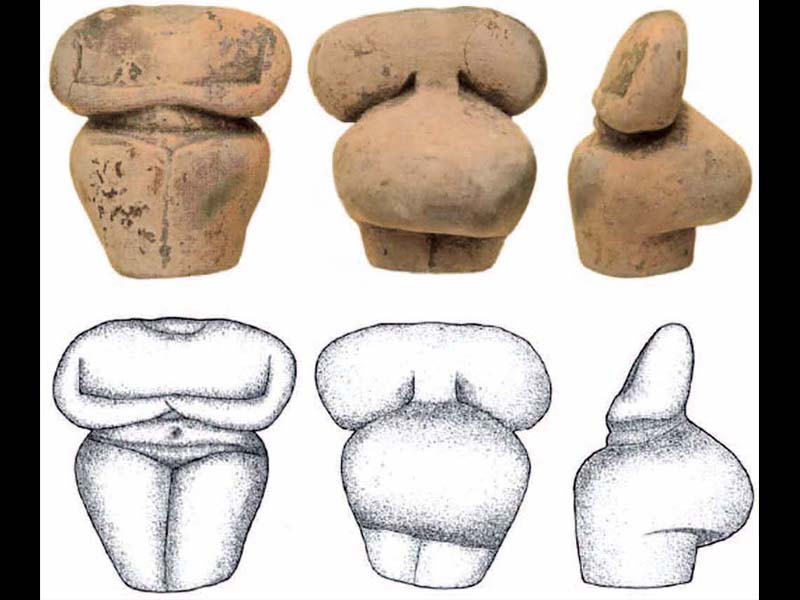
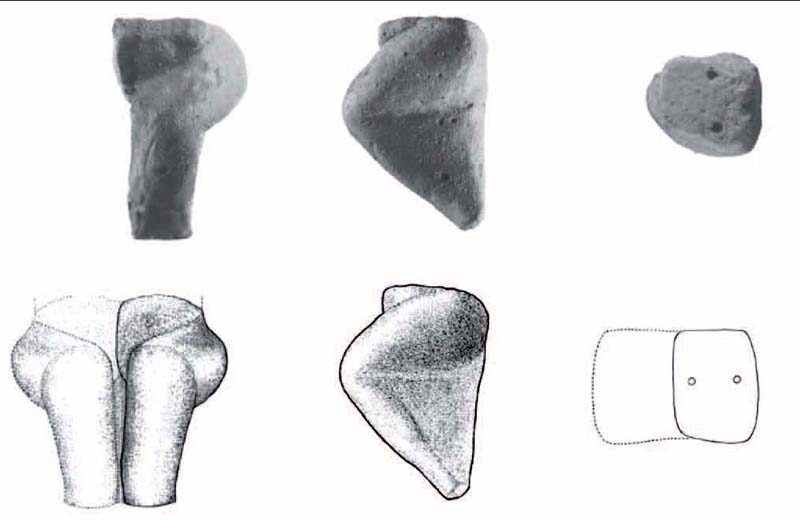
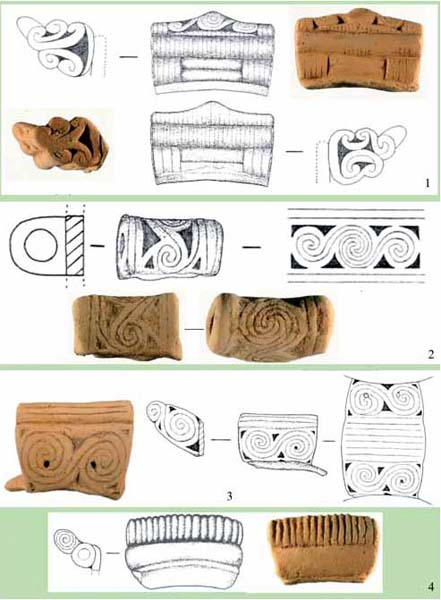
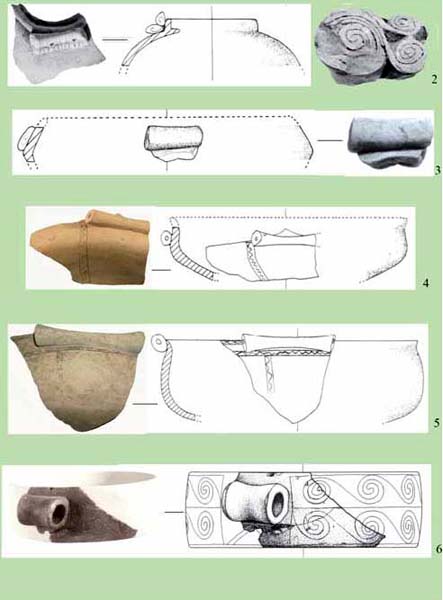
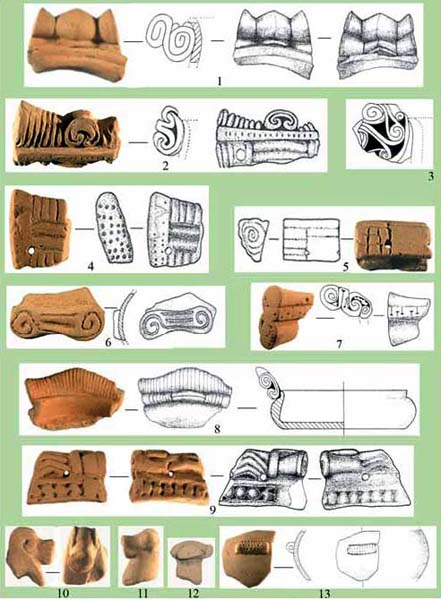
Historical notes
The discovery of the Neolithic village of Chiantinelle occurred by chance, during the work of moving the agricultural land; over the years various finds have emerged, but no real excavation campaigns have ever been carried out, only surface investigations conducted above all in the seventies of the last century. The massive agricultural management of the area, with the use of increasingly sophisticated mechanical means over the years, has often irreparably compromised the finds which have therefore been destroyed. The site is in a strategic position for the time, located near the bank of the river Fortore and a short distance from the sea, therefore in an important crossroads for contacts and relations with the communities of the opposite Adriatic shore, as demonstrated by the applicants and common decorative motifs in ceramics in addition to the cult testified by the two statuettes.
CARD
LATEST PUBLISHED TEXTS
VISIT THE FACTSHEETS BY OBJECT

